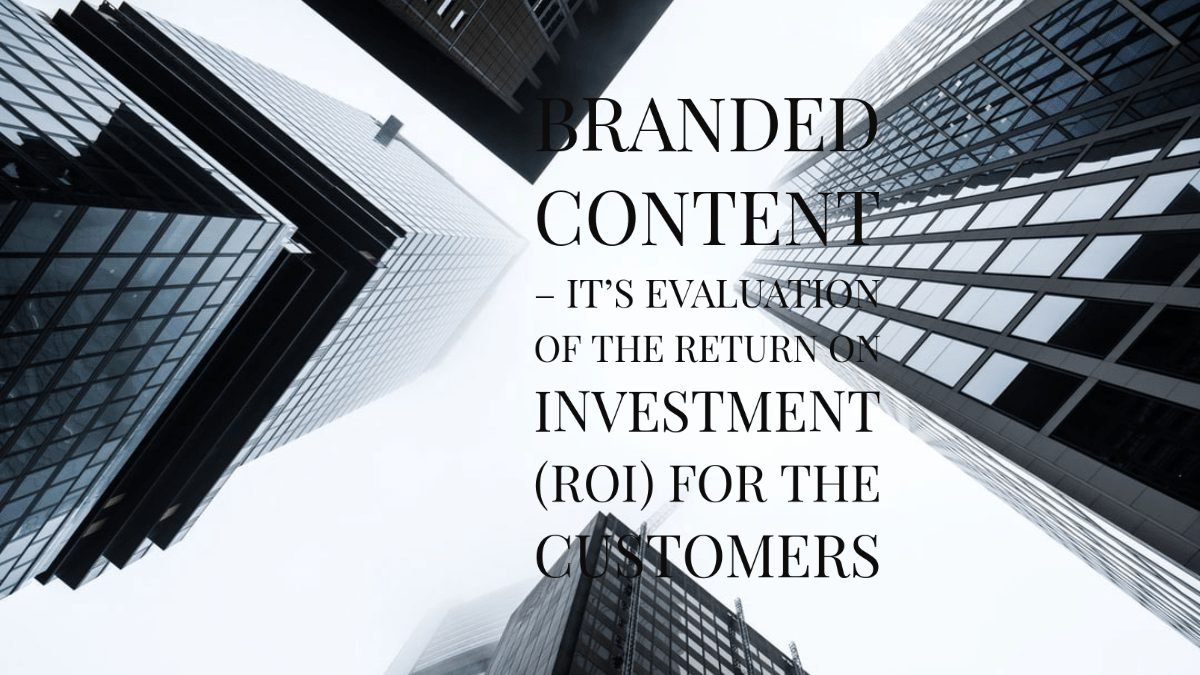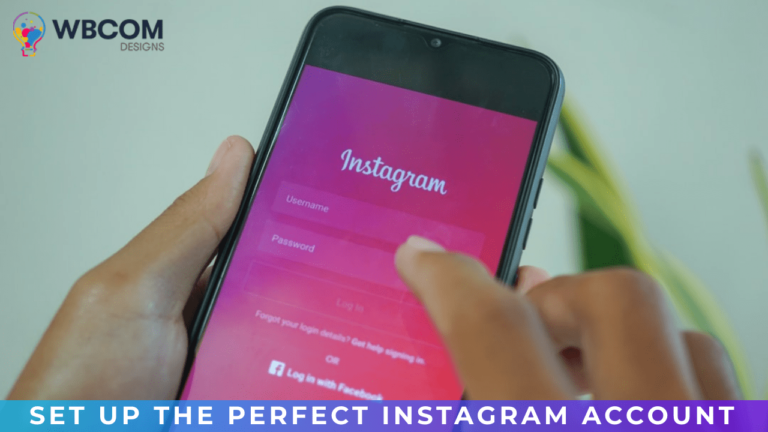The importance of branded content in modern online marketing strategies can never be underestimated. The quality of the website’s content will always play an important role in achieving customer conversions through engagement. The importance of content was given a further boost by Google’s report titled “Zero Moment of Truth” in 2011. A significant piece of statistics in the report was that a customer generally reviews 10.4 contents before converting. This prompted a sharp upswing in the quantity of content published by the websites. But, online marketers soon found that these contents are not helping in increasing the number of customer conversions. This led to the realization that the quality of the content was more important than the quantity.
Table of Contents
ToggleBranded Content
The marketers and the businesses thus started looking for engaging content online on their subject matter. Thus the concept of “branded content” came into being, wherein the business pays to have their content published on similar websites, often the more popular ones, with the hope of reaching out to a larger base. This also provides an opportunity to generate backlinks to their sites and promotion of their product and brand to more potential customers.
Importance Of Branded Content In The Modern Online Marketing
One of the main reasons for the popularity of branded content is higher online user engagement. Different statistical research data shows that banner ads are not successful in drawing the attention of the viewers. In fact, 45% of the people using a certain advertisement blocking software have expressed a desire to block as many ads as possible during surfing the Internet. Data also shows that while a banner advertisement gets 1.6 seconds of a viewer’s time, a branded content can engage a user for anywhere between 60 to 323 seconds. Also, the annual spending of the marketing budget on branded content is steadily on the rise for the 4 years and will continue to grow, according to the research and forecast of a renowned publication.
1. The Measurable Metrics of Branded Content
There are six possible methods that may be used to identify whether particular content is providing returns on investment are discussed below.
2. Consumption
This metric includes the following measurable parameters, which help in determining the brand awareness and its reach.
- Number of page views
- Views of Blogs/videos/infographics on the website
- Number of discussions on social media platforms (software tools available)
- Number of Downloads
These parameters can be measured before and after the release of branded content to find an increase in numbers.
3. Lead Generation
The email addresses that are collected through multiple lead-generation activities are considered as leads. These leads are the direct result of customer engagement from your quality content. You may generate leads by offering free downloads or form submissions by customers for the website’s newsletter subscriptions. These leads may be tracked through your Customer Relationship Management (CRM) system or email management software.
4. Conversion Rate
This metric identifies customer conversion as a direct result of your content. So, a click on a link to your blog post will be considered a successful engagement of the viewer, which may ultimately result in sales or subscription to your website. Tools such as Google Analytics may be used to track such content which funnels online traffic to sales pages.
5. Number of Social Shares
Sharing of the content indicates that the reader has found the content useful and wants other people in his circle to benefit from it also. So, a higher number indicates the viability of the content among the audience. Most published branded content will have buttons for sharing the content in various social media and there are online tools that capture the number of such shares.
6. Sales Figure
This metric of branded content shows the revenue generated by the content. This is a little difficult to quantify – engaging content essentially works as a catalyst for the customer. It helps with the decision-making process by providing multiple avenues for sales conversion throughout the content. So, any customer proceeding to the sales page from the content may be counted as an ‘assisted’ sale.
7. Surveys
Consumer surveys provide a clearer picture of the contents’ effectiveness when used in conjunction with the five metrics discussed above. A concise and focused survey will uncover important data such as customer reactions to the content and brand reputation.
So, these metrics will help marketers to measure the effectiveness of branded content and strategize accordingly.
Interesting Reads:
Allow Students to Create Journal using Learndash Notes
Birthday Email Campaigns 101: A Guide
How to Create an Impressive Digital Menu for Your Business






